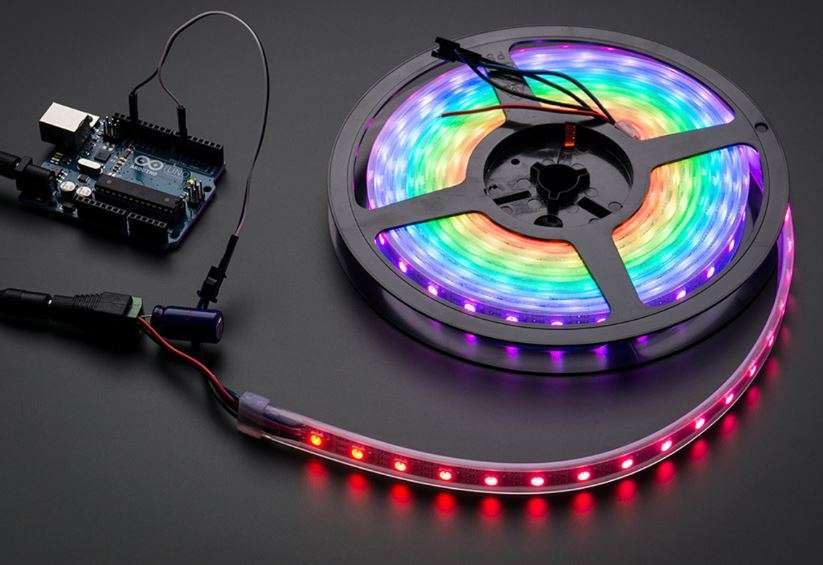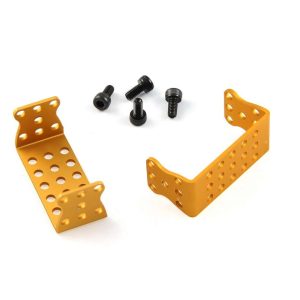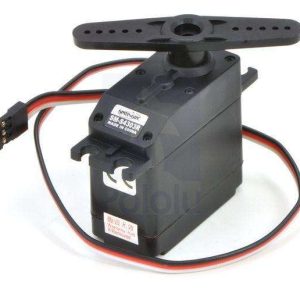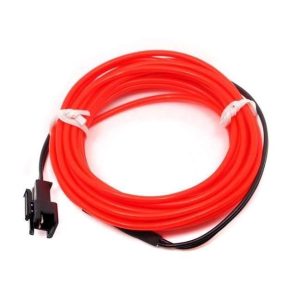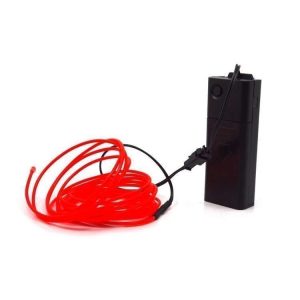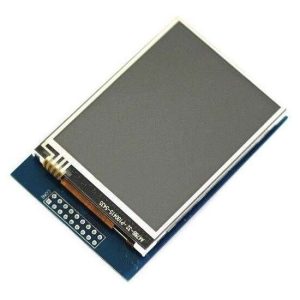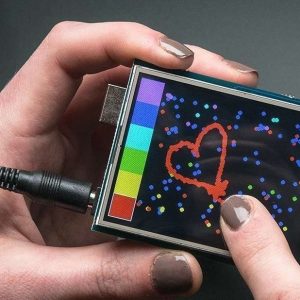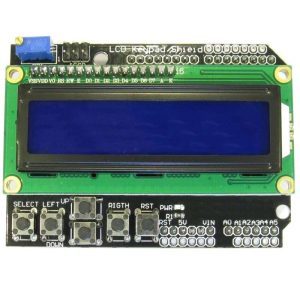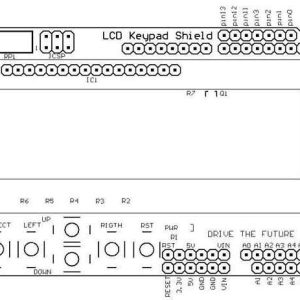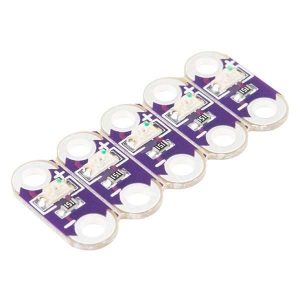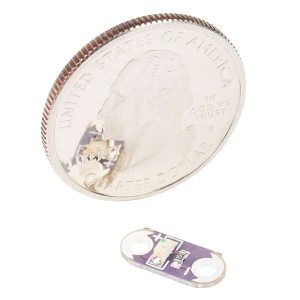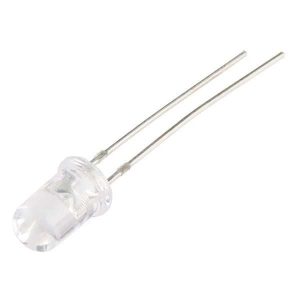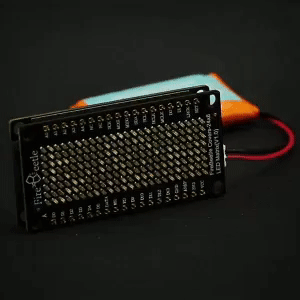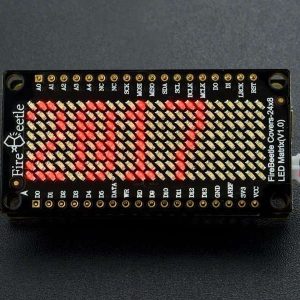You thought it couldn’t get better than our world-famous 32-LED-per-meter Digital LED strip but we will prove you wrong! You wanted twice the LEDs? We got it (well, it’s 1.875 times as many but that’s within a margin of error).
**This strip comes with WHITE flex PCB, Water proof sleeve.
**Comes without wires or connectors at both ends.
All your dreams answered, yet there are a few things to watch for.
-
First up, the higher density means much higher power usage over a certain distance – 18 Watts max (~3.5 Amps @ 5V) per meter instead of 9.6 Watts max (~2 Amps @ 5V). The max rating is assuming all the LEDs are on full white, usually the actual current for colorful design is about 1/3 to 1/2 the max current. A good power supply such as our 5V 10A supply is key!
-
Second, to get high density, the controller chip is inside the LED, which is kind of cool, but also means that the chip only uses a single pin for input and a single pin for output. The protocol used is very very timing-specific and can only be controlled by microcontrollers with highly repeatable 100nS timing precision. We have example code for using with the Arduino Uno/Mega microcontroller at 8MHz and 16MHz, and with a little effort you can use with the Raspberry Pi, or Beagle Bone Black, but it will not work with the Basic Stamp, NETduino, any other interpreted/virtual machine microprocessor or any processor slower than 8 MHz.
-
Third, just because you have all those pixels doesn’t mean you have the RAM for it – the entire strip must be buffered in memory, and we’ve found many Arduino UNO projects only have about 1500 bytes of RAM available after all the extras are included – enough for about 500 LED pixels. If you want to drive the entire strip and have some other libraries included, use a Mega.
These LED strips are even more fun and glowy. There are 60 RGB LEDs per meter, and you can control each LED individually! Yes, that’s right, this is the digitally-addressable type of LED strip. You can set the color of each LED’s red, green and blue component with 8-bit PWM precision (so 24-bit color per pixel). The LEDs are controlled by shift-registers that are chained up down the strip so you can shorten or lengthen the strip. Only 1 digital output pin are required to send data down. The PWM is built into each LED-chip so once you set the color you can stop talking to the strip and it will continue to PWM all the LEDs for you.
The strip is made of flexible PCB material, and comes with a weatherproof sheathing. You can cut this stuff pretty easily with wire cutters, there are cut-lines every 0.65″/1.7cm (1 LED each). Solder to the 0.1″ copper pads and you’re good to go. Of course, you can also connect strips together to make them longer, just watch how much current you need! We have a 5V/2A supply that should be able to drive 1 meter (depending on use) and a 5V/10A supply that can drive up to 4 meters (depending on use) You must use a 5V DC power supply to power these strips, do not use higher than 6V or you can destroy the entire strip.
To wire up these strips we suggest picking up some JST SM plug and receptacle cables. You’ll want one of each, one wire is for ground the other is for signal. For the power wire, you will also probably want a 2.1mm DC jack to wire in so you can connect one of our wall adapters to power it.
Technical specs:
-
12.5mm (0.5″) wide, 4mm (0.16″) thick with casing on, 16.7mm (0.65″) long per segment
-
60 LEDs per meter, with WS2811 IC Built into 60pcs 5050 LEDs
-
Weight of 1 meter (w/ silicone jacket and 6″ leads): 39g
-
Removable IP65 weatherproof casing
-
Maximum 5V @ 60mA draw per 0.65″ strip segment (all LEDs on full brightness)
-
5VDC power requirement (do not exceed 6VDC) – no polarity protection
-
1 integrated RGB LEDs per segment, individually controllable
-
LED wavelengths: 630nm/530nm/475nm
-
May ship with WS2812B -based LEDs. They are the same brightness, color and protocol
**Note: There is a Arrow following each LED on PCB. It is the signal transmit direction.
File downloads
- SK6812 integrated LED and driver datasheet (459k pdf)
Recommended links
- Arduino library for addressable RGB LED strips from Pololu
-
This library allows you to control an arbitrary number of SK6812/WS281x-Based Addressable RGB LEDs from an Arduino.
- Adafruit NeoPixel library
- This Arduino library from Adafruit is as an alternative to our library and should work for controlling our SK6812/WS281x-Based Addressable RGB LEDs.
- Adafruit NeoMatrix library
- This Arduino library from Adafruit makes it easy to control matrices of NeoPixels and should also work with any chain of SK6812/WS281x-Based Addressable RGB LEDs arranged in the correct grid pattern. Note that this library requires the Adafruit NeoPixel and Adafruit GFX libraries.
- Example AVR code for addressable RGB LED strips from Pololu
- This example AVR C code allows you to control SK6812/WS281x-Based Addressable RGB LEDs with an AVR microcontroller.
- PololuLedStrip mbed library
- This library lets you control our SK6812/WS281x-Based Addressable RGB LEDs from an mbed microcontroller board.
- Force-Sensing Linear Potentiometer and LED Strip with Arduino Demo
- This Arduino program (sketch) shows how to use an Interlink force-sensing linear potentiometer to control an addressable RGB LED strip.

